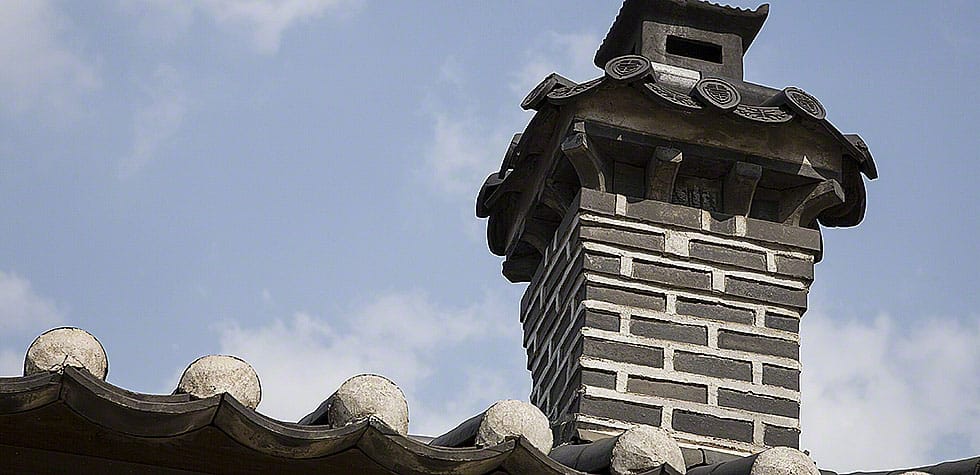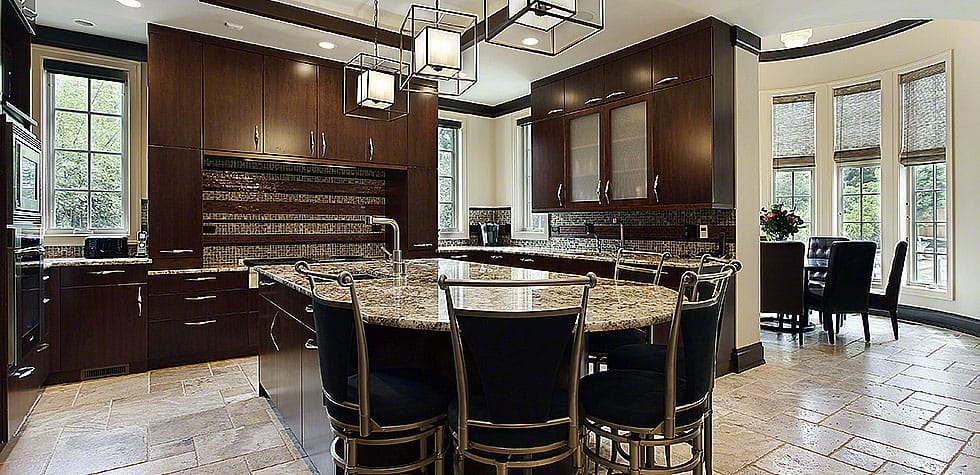
Chimney caps are important when it comes to protecting your chimney against water and wildlife getting into the fireplace. In the absence of a chimney cap, your chimney is more vulnerable to damage and cracks, and you would need chimney repair more often. Therefore, if you plan on installing a chimney cap, here are a few steps you need to follow.
How To Install A Chimney Cap On A Single-Flue Chimney?
If your chimney comes with an oval or square flue, you should begin by measuring the outside width as well as the length of the flue. At the same time, measure the outside diameter of a round flue, proceeding to measure the height or the size of the flue that protrudes from the crown.
Next, visit your local hardware store along with the measurements and purchase a cap that is ½ to 1 inch of your flue’s width, diameter, and length. This is going to be at least 6 inches taller than the flue’s height. If you are not able to find a cap of the right size, you will need to order a custom one.
Once you have purchased the cap, climb on the roof and place the chimney cap on top of the flue, pressing down on it until it sits properly. Next, secure the cap using screws and a drill machine. Keep in mind that the cap should have pre-drilled screws so that you know where the screws will go.
How To Install A Chimney Cap On A Double-Flue Chimney?
To install a chimney cap on a dual-flue chimney, you will need to start with the same step of measuring the combined width and length along with the height of the tallest flue. If you have a flush single-flue chimney, you will need to measure the outside width, length, or diameter.
Now that you have the measurements, visit your local hardware store and purchase a top-mount cap that is large enough to cover the flue but small enough as well to prevent it from overhanging at the end of the chimney crown. Furthermore, refer to the manufacturer’s recommendations to see if you need to use masonry screws, adhesive, or both.
Place the cap in the center of the crown. If the manufacturer recommends using masonry screws, you will need to mark out the location of the screw holes onto the crown as well. However, if the cap is secure using an adhesive, mark the outside perimeter of the cap that comes in contact with the crown.
Then, apply a line of adhesive on the marked perimeter and make sure you do not get it inside the screw holes. This will make it harder for you to remove the screws in the future. Finally, use an impact driver to drive the screws into the pilot holes.
Do I Need A Chimney Cap?
Back in the day, chimney caps were not that popular. However, today almost every house comes with one. The reason is that chimney caps reduce the time, effort, and money put into repairs and replacements. Chimneys are not something that should be taken for granted. In the past, several properties have caught fire just because they turned into a safety hazard.
Therefore, chimney caps not only keep animals and other external factors out of the chimney but also reduce moisture and prevent sparks. If you live in an area that experiences a lot of rainfall during the year, installing a chimney cap is going to be a wise decision as water can damage the dampers, liners, and even mortar joints.
In addition to that, chimneys produce sparks that can easily turn into a fire. However, if you were to install a chimney cap, the sparks will be caught, preventing them from landing on your roof and causing a fire. Therefore, there is no doubt that chimney caps should be installed in every house to prevent fire from breaking out or wildlife from occupying the place.
Final Word
Installing a chimney cap is not that complicated if you were to follow the tips mentioned above. Make sure that you record correct measurements and secure the cap properly so that it does not fly away when extreme weather conditions hit. Plus, if you are still having some difficulty with finding the right type and all, you should consult chimney contractors Columbia MD so that your money does not go down the drain.



